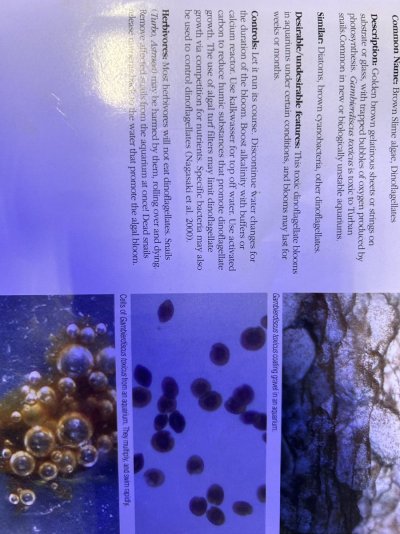- Joined
- Jul 16, 2018
- Messages
- 195
- Reaction score
- 157
For ostreo I micro dosed bleach as per the old dino thread. This is controversial as it can kill your fish but corals and clean up crew seem to be unaffected. Ostreo was wiped out in less than 5 days and no sign of it returning in over a month now.
Unfortunately I didnt extend the micro dosing of bleach beyond a week and waiting to see some aquabiomics testing of its effects at that time. With that, I still have LCA but the good news is that appears to be dying down with the use of heavy microbelift special blend. The first day I dosed the microbelift I injected it into the sand with a turkey baster. Looked like my LCA was near half gone after a week. Im still battling it so only time will tell but at least the tank is somewhat presentable now.
Also pods. Lots an lots of copepods. Previously in my tank there is usually no pods in site. I am making it a mission to keep them over populated now. I ran out of live phyto weeks ago but luckily there is a lot of products that are more economical and will last longer in a fridge to keep them fed. I am trying reef enhance right now to keep the population up. I also know they like to eat phytochrome by brightwell. Smells like tomato juice.
So far I have lost no animals. SPS and LPS continue to grow. The only nuisance algae I have is bubble algae that was always a problem even before the dinos. I have not seen any sign of cyano.
Unfortunately I didnt extend the micro dosing of bleach beyond a week and waiting to see some aquabiomics testing of its effects at that time. With that, I still have LCA but the good news is that appears to be dying down with the use of heavy microbelift special blend. The first day I dosed the microbelift I injected it into the sand with a turkey baster. Looked like my LCA was near half gone after a week. Im still battling it so only time will tell but at least the tank is somewhat presentable now.
Also pods. Lots an lots of copepods. Previously in my tank there is usually no pods in site. I am making it a mission to keep them over populated now. I ran out of live phyto weeks ago but luckily there is a lot of products that are more economical and will last longer in a fridge to keep them fed. I am trying reef enhance right now to keep the population up. I also know they like to eat phytochrome by brightwell. Smells like tomato juice.
So far I have lost no animals. SPS and LPS continue to grow. The only nuisance algae I have is bubble algae that was always a problem even before the dinos. I have not seen any sign of cyano.
Last edited:



















